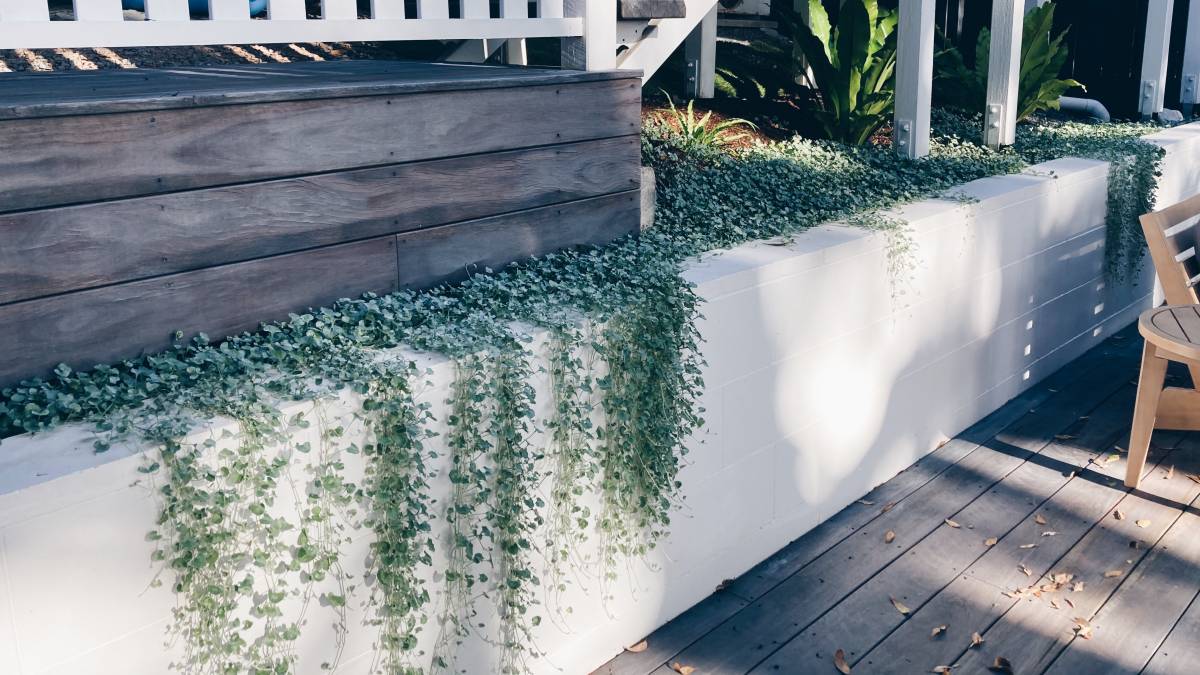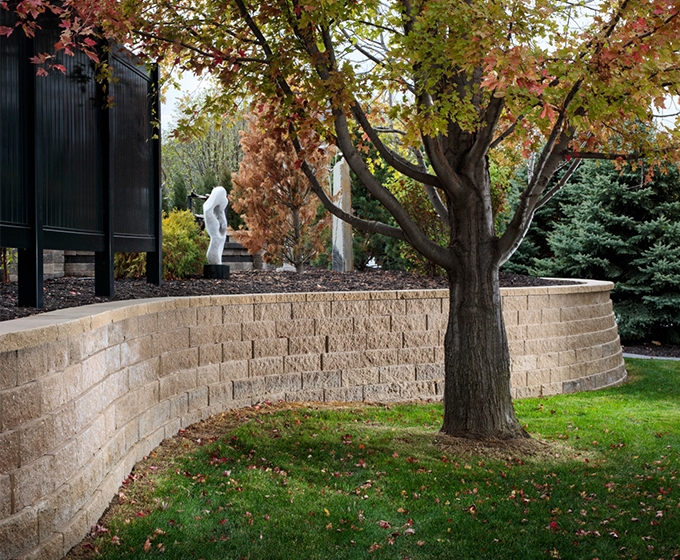The Main Principles Of Retaining Wall And Garden Wall Construction
Table of ContentsGetting My Retaining Wall And Garden Wall Construction To WorkThe 5-Second Trick For Retaining Wall And Garden Wall ConstructionRetaining Wall And Garden Wall Construction Fundamentals ExplainedThe Best Strategy To Use For Retaining Wall And Garden Wall Construction
If this gradient is not regulated, the wall will relocate or stop working. Rainwater that escapes the top of a retaining wall surface can damage the dirt as well as plants on either side, eroding them away. Water drainage systems divert this water from prone areas, decreasing the impact to the framework as well as its surroundings.It's been said half of all the problems with preserving walls entail drain and also water problems, and also maintaining water out of these walls is a large one. If it's dry, there's little to no opportunity any type of vegetation can hold - Retaining Wall And Garden Wall Construction. A correctly made and also set up system will certainly keep your wall surface completely dry, saving you money on maintenance and also replacement expenses.
All preserving walls must consist of water drainage stone even if a draining pipeline is not required. Place filter textile above the drainage stone and also listed below the topsoil. That prevents great material and also natural issue from obstructing up the drainage stone.

See This Report on Retaining Wall And Garden Wall Construction
This damages can be expensive to repair, and a properly mounted drainpipe would have prevented it (Retaining Wall And Garden Wall Construction).

A retaining wall surface that keeps soil on the behind as well as water on the frontside is called a seawall or a bulkhead. A keeping wall surface is made to keep in place a mass of earth or such, such as the side of a terrace or excavation. The framework is created to stand up to the side pressure of dirt when there is a desired adjustment in ground elevation that goes beyond the angle of repose of the soil.

These are cantilevered from a ground as well as increase above the grade on one side to retain a higher degree grade on the opposite side. Retaining Wall And Garden Wall Construction.
Rumored Buzz on Retaining Wall And Garden Wall Construction
This reduction reduces the pressure on the maintaining wall. The most important factor to consider in correct design and setup of preserving wall surfaces is to acknowledge and also combat the tendency of the preserved product to move downslope because of gravity. This develops lateral planet stress behind the wall surface which relies on the angle of interior rubbing (phi) and also the cohesive strength (c) of the retained material, along with the instructions and also magnitude of movement the keeping structure goes through.
Numerous sorts of maintaining walls Building kinds of gravity keeping walls Gravity walls rely on their mass (rock, concrete or various other heavy material) to withstand stress from behind and may have a 'batter' setback to improve stability by leaning back towards the kept soil. For short landscape design walls, they are typically made from mortarless stone or segmental concrete units (stonework systems).
These wall surfaces cantilever loads (like a beam of light) to a big, structural ground, converting horizontal pressures from behind the wall to upright stress go to my site on the look at these guys ground listed below. Occasionally cantilevered wall surfaces are strengthened on the front, or include a counterfort on the back, to boost their strength withstanding high loads. Buttresses are brief wing walls at appropriate angles to the major pattern of the wall surface. Diaphragm wall surfaces are costly wall surfaces, however they conserve time as well as room, as well as hence are utilized in urban constructions. Sheet stack keeping wall surfaces are normally used in soft dirt and limited spaces.
For a fast quote the product is normally driven 1/3 above ground, 2/3 underground, however this may be modified depending upon the atmosphere. Taller sheet pile walls will certainly need a tie-back anchor, or "dead-man" positioned in the soil a distance behind the face of the wall surface, that is tied to the wall, normally by a cable or a rod.
The Ultimate Guide To Retaining Wall And Garden Wall Construction
An anchored retaining wall can be built in any one of the abovementioned designs but likewise includes added toughness making use of cables or other stays secured in the rock or dirt behind it. Generally driven right into the product with boring, supports are then expanded at the end of the cable television, either by mechanical means or commonly by infusing pressurized navigate to this website concrete, which broadens to develop a bulb in the soil.